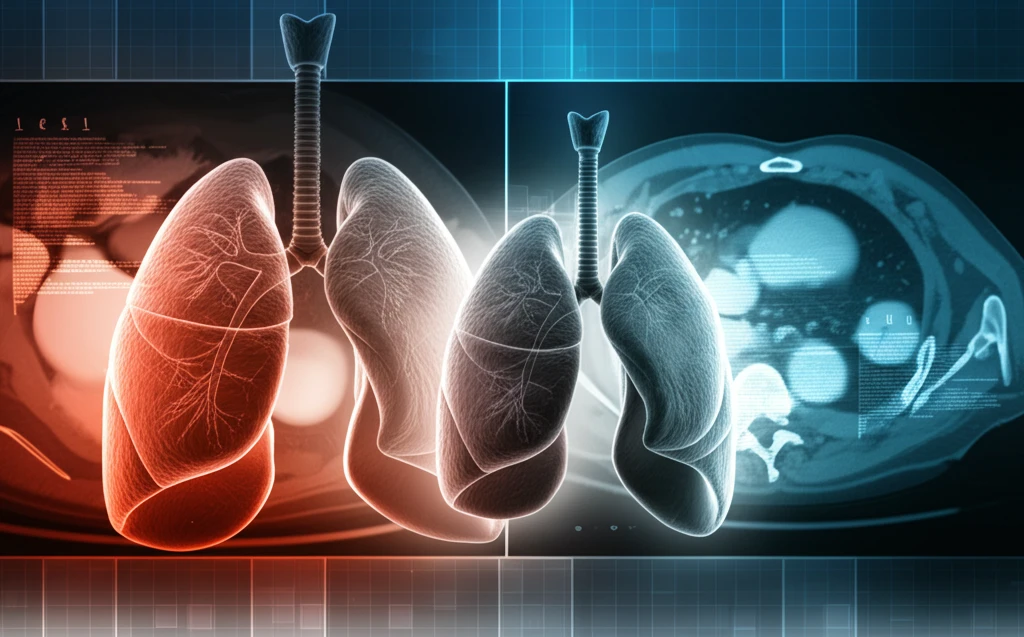
Need a Lung Biopsy? How Many Samples Give You the Most Accurate Results
"A deep dive into how the number of samples taken during a lung biopsy can significantly impact the accuracy of diagnosis."
When doctors need to figure out what’s going on inside your lungs, a lung biopsy is often the way to go. This involves taking small tissue samples to check for cancer, infections, or other lung diseases. The process usually involves using imaging techniques like CT scans to guide a needle to the right spot. But how many samples do doctors need to take to get it right?
Getting an accurate diagnosis is crucial, and it turns out that the number of samples taken during a lung biopsy can make a big difference. Taking too few samples might lead to uncertainty, while taking too many could increase the risk of complications. So, what’s the magic number? Researchers have been looking into this to find the perfect balance.
This article dives into a study that explored the ideal number of tissue samples needed for a lung biopsy to be as accurate as possible. We'll break down the key findings, explain why the number of samples matters, and give you a clear understanding of what to expect if you or a loved one needs a lung biopsy. Whether you're a patient, a family member, or just curious, this guide will help you understand the ins and outs of getting the most accurate results from a lung biopsy.
The Sweet Spot: Why Three Biopsies Might Be the Ideal Number

A study published in Clinical Medicine Insights: Circulatory, Respiratory and Pulmonary Medicine aimed to determine the optimal number of tissue samples needed from pulmonary lesions to achieve the highest possible accuracy in histological work-up. The researchers performed a retrospective evaluation of 260 patients who underwent CT-guided core-cut biopsies. In total, 669 usable biopsies were taken, with the number ranging from one to five biopsies per patient. The specimens were carefully marked and analyzed histologically, and the results were correlated with findings from surgery, clinical follow-up, or autopsy.
- First biopsy: 63.6% accuracy
- Second biopsy: 89.2% cumulative accuracy
- Third biopsy: 91.5% cumulative accuracy
- More than three biopsies: No significant improvement in accuracy
The Bottom Line: Getting It Right with Lung Biopsies
If you or someone you know needs a lung biopsy, understanding the process can help ease anxiety and ensure you’re well-informed. While the procedure can seem daunting, knowing that doctors aim for a balance between accuracy and safety can be reassuring. Aiming for three tissue samples appears to be the optimal strategy, providing the best chance for an accurate diagnosis without significantly increasing risks. Always discuss any concerns with your healthcare provider to make sure you're comfortable and informed every step of the way.
